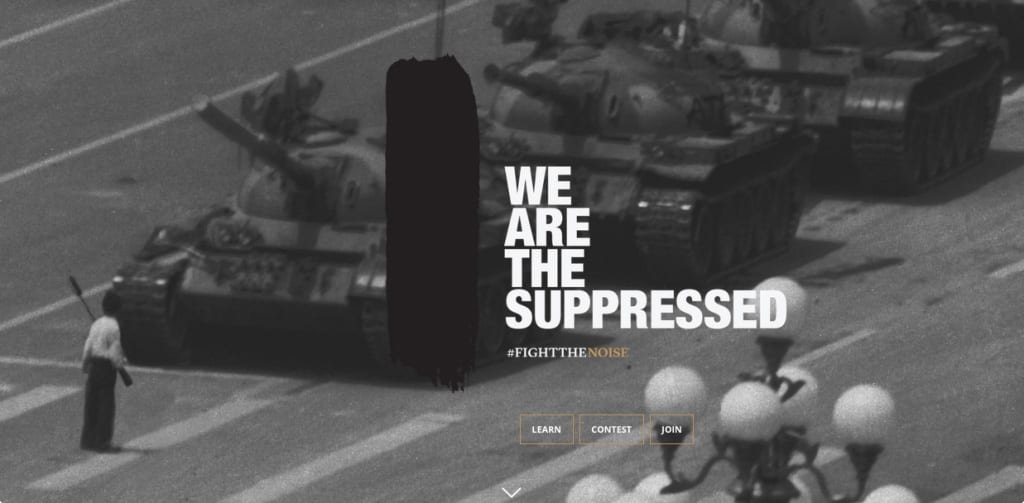
According to a recent survey, 38% of marketers say they are unable to tell whether influencer activity drives sales while 86% are unsure how influencers calculate their fees.
However, with a little strategy and an investment in influencer marketing software—you can negotiate influencer rates more accurately, track your efforts, save time and prove your campaign’s success.
It is estimated that businesses can generate an average of $6.50 for every $1 spent on influencer marketing (Source: Tomson).
As influencer marketing picks up steam (59% of marketers are planning to increase their influencer marketing budgets over the next 12 months, Source: Tomson), new tracking tools like Upfluence, Famebit, Traackr, Mavcrk and others are starting to become more affordable—allowing you as a business owner or marketer in the outdoor industry to track your influencer marketing efforts more efficiently. These programs help you:
- Save time
- Find and choose the right influencers
- Identify fake accounts
- Negotiate contracts
- Track results
- Pay Influencers
According to Obviously, it takes 71 hours to work with just 15 influencers. So the need for tools that help you save time can be beneficial.
Determine Goals
When starting influencer marketing, you must begin with a SMART goal. Goals should be divided into Reach, Impressions, and Engagement.
Sample influencer marketing goal:
(Reach) 2 million prospects to build awareness of my product that drives 1.3 million (impressions) and 500K likes/views (engagement) that increases revenue 20% in 3 months.
Whatever you’re trying to accomplish, make sure to communicate those goals clearly to the influencer. Below is a breakdown of each.
1. Reach determines the potential audience size you can attain. This is easily calculated by adding up all the followers and subscribers of your influencer’s network across Instagram, YouTube, Facebook, Twitter, and Pinterest as well as a monthly blog or website visits. To get a sizeable reach—choose influencers with larger networks where 60%+ of their audience engages with their content regularly.
2. Impressions determine how many of those people reached actually saw the influencer’s post. You can reach a large audience—but if you can’t access them, low impressions may signal fake followers or low engagement.
3. Engagement involves action. Action is a click, share, view or like. This is the metric you’ll want to track closely as this indicates how effective your influencer is in getting their audience to notice your product and take action.
There are other ways to track the ROI of your influencer marketing
Tracking links and coupon codes, like affiliate marketing, can be used to track sales via your online shopping cart. Make sure to use systems that allow transparency so your influencers can log in and see the deals they’ve generated. Modern online shopping carts like Shopify, Volusion, and WordPress have affiliate tracking functionality built-in.
Website Traffic is also a good indication of your influencer marketing efforts. We utilize Databox as a way to combine all our metrics into one dashboard to report on our efforts.
One of the most significant outcomes of influencer marketing is the content that is generated from your campaign. If blogs are created on an authoritative influencer’s website—then those links will boost your SEO efforts if linked accordingly. Photos, videos, and imagery can be negotiated as part of the contract and reused in your brand’s social media feed or in email campaigns to create consistency in your messaging.
Social listening tools also allow you see what is being said about your product—negative or positive—so you can make any adjustments and nip any terrible customers experiences in the bud before prospective customers see them.
An influencer marketing campaign is one of the best marketing moves your brand can make and can net you over 11 times the ROI of banner ads and PPC when done correctly. However, as with all strategies, you’ll get the best results by tracking progress and adjusting as needed, which means applying the same data-driven mentality as you would to any other strategy (Source: Forbes)









































